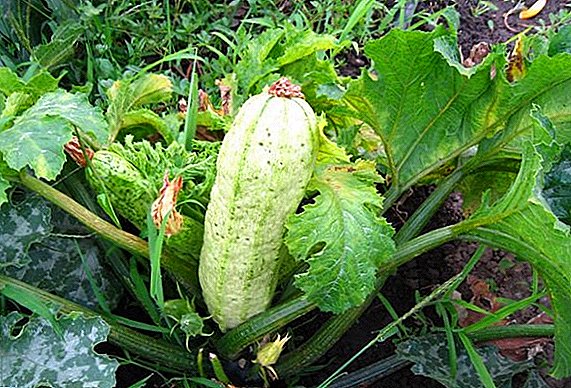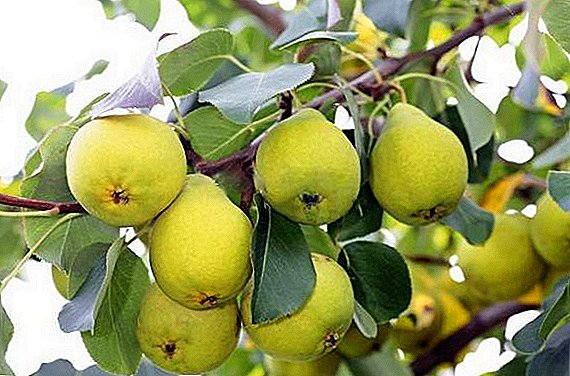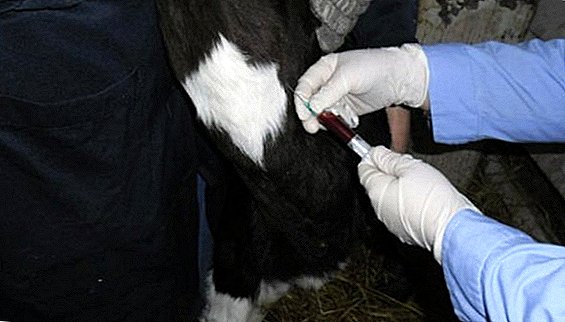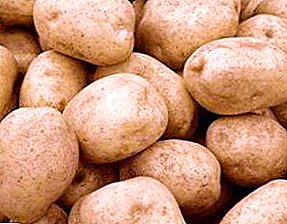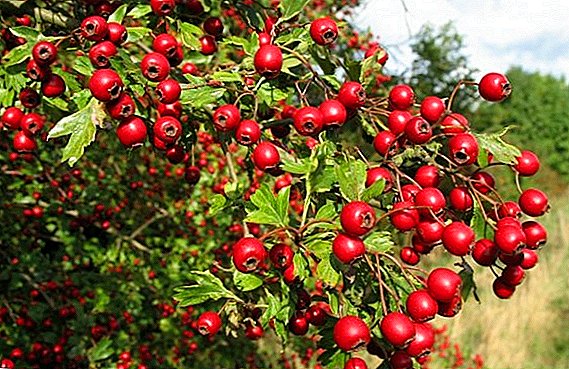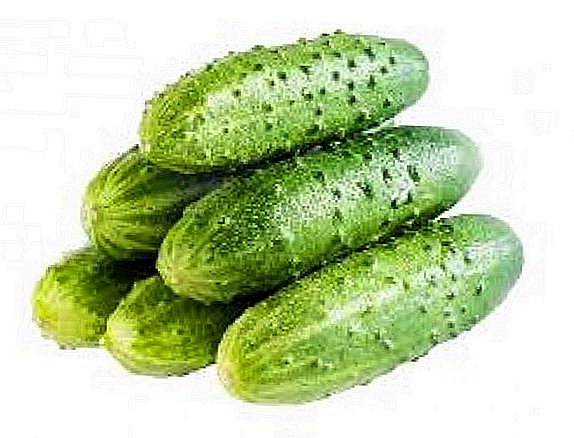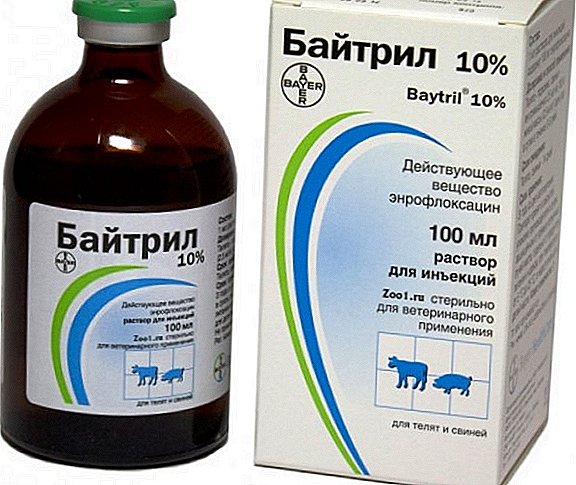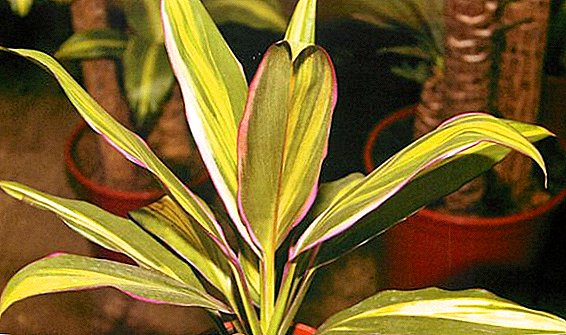 Cordilina genus includes more than 20 species of plants.
Cordilina genus includes more than 20 species of plants.
They are common in subtropical and tropical regions of Africa, Asia, and Australia.
In this article, we will look at how to care for the Cordilin flower at home.
Short description
This plant is very similar for dragon season. But they can be easily distinguished by the roots protruding from the ground: they are white in Cordilina, and the roots of the dracaena have a yellow-orange color. In nature, the plant in question can reach a height of up to 12 m, and in a pot it does not exceed 1.5 m. It is a tall tree or shrub with a thin trunk. In the photo below you can see what the cordilina looks like.  Cordilina has a strong root system and long leaves that have a lanceolate or xiphoid shape. Mostly leaves are green, but on some plant species there are red, cream and pink spots. The plant over time becomes like a palm tree when old leaves fall off and bare the lower part of the trunk. Often this tree is called "false palm".
Cordilina has a strong root system and long leaves that have a lanceolate or xiphoid shape. Mostly leaves are green, but on some plant species there are red, cream and pink spots. The plant over time becomes like a palm tree when old leaves fall off and bare the lower part of the trunk. Often this tree is called "false palm".
Did you know? The southern variety of Cordilina is valued for the fibrousness of the trunk and roots. The ropes are made of them, and the leaves are made of cloth.
What to look for when buying
Buying a plant, you need to pay attention to some factors. Before buying, carefully inspect the flower:
- leaves should be bright;
- leaf stalks should depart directly from the base of the plant;
- it is better to grow a young plant - note that it does not acquire a thin stem with a bunch of leaves at the top;
- on the leaves should not be any damage.
Important! If you do not pay attention to the above factors, this will lead to the fact that you can not enjoy the appearance of the flower, but will only try to save it.
Do I need to replant after purchase
If after purchasing a cordilin you notice that the roots protrude outside, then a flower transplant is required. To do this, it is necessary to prepare a soil mixture, which consists of high-moor peat, large river sand and hardwood humus. You can also add charcoal, which can prevent the appearance of rot. And when brick crumbs are added to the ground, excess water will be well absorbed, giving the soil looseness.  The size of the pot depends on the size of the flower and its roots. If Cordilina is small, then the pot should be sized. It is recommended that the width and length of the tank for the transplant should be approximately the same. With each next transplant pot must be larger. Plastic is considered the best material for such a container.
The size of the pot depends on the size of the flower and its roots. If Cordilina is small, then the pot should be sized. It is recommended that the width and length of the tank for the transplant should be approximately the same. With each next transplant pot must be larger. Plastic is considered the best material for such a container.
The Cordilin genus belongs to the Asparagus family, which also includes agave, aloe, asparagus, aspidistra, chlorophytum, euharis, havortia, host, hyacinth, gaduce onions, kupena, sansevieriya, skilla, yucca.
Further care and growing conditions
Cordilina flower requires high-quality care for growing at home.
Location and lighting
This plant prefers a bright light, but with the obligatory shading from direct sunlight. The best place for a flower will be western or eastern windows. Cordilina can grow successfully with artificial light. Also, the "false palm" can be in a deaf shadow, but at the same time it should be taken out once a week to a place lit by bright diffused light.
Temperature
This plant is thermophilic, so the air temperature in the room should be: in summer - 18-22 ° C, in winter - not lower than 12 ° C. False palm is sensitive to temperature changes. And also it should be protected from drafts. 
Air humidity
Humidity should be high all year round. To do this, you need every day to spray the leaves on both sides.
Important! Do not allow the water to spray when spraying in the funnel of the leaves - this will lead to rotting of the trunk.
In winter, it is undesirable to keep the flower close to the heating devices.
Watering
In the warm season, Cordilina is watered twice a week, and in winter, watering is reduced to 1 time per week. The main thing - do not allow the earthen clod to dry. Also, the "false palm" does not tolerate stagnant water - it begins to shed its leaves. Flowers with wide leaves require more abundant moisture than narrow-leaved Cordilins, whose leaves evaporate a lot of moisture. Water for irrigation is best to use separated.
Top dressing
Fertilize the plant is necessary in the spring and summer, 2 times a week, and in winter it is enough 1 time per month. To do this, you need complex fertilizers for indoor plants, such as "Ideal", "Rainbow", "Giant". 
Features care in a dormant period
Cordilina needs peace to gain strength for active growth in the new season. Plant resting in autumn and winter. False Palm needs coolness. But at low temperatures, the plant should be protected from overcooling the roots. A pot with a flower growing on the windowsill, it is desirable to put on a piece of foam - it retains heat. Cordilina, conducting a period of rest on the balcony, needs warming the pot by wrapping it with warm insulating material.
If the temperature is below +15 ° C, then the humidity should not be increased. Watering is also limited to a minimum, keeping the soil slightly moist. Thermophilous species of this plant are also watered modestly, but they must be sprayed regularly.
During the rest period, it is necessary to increase the length of daylight for all types of cordilins. Especially colorful plants need it - with a lack of light, they lose their bright color. Lamps for lighting is better to use LED or fluorescent - they do not dry and do not heat the air, and the plants are well perceived by their light.
How often do I need to transplant
You need to repot the flower 1 time in 2 years. This is usually done in spring, but if necessary (if the roots are peeping out of the pot), the procedure can be performed at another time of the year.  When transplanted into a pot, pebbles, coarse sand and charcoal are poured. It circulates oxygen and also helps evaporation of excess water. Next, you need to fill the ground to the middle of the pot. And, having established a plant in capacity, to fill up with the remained earth. Tamper the plant is prohibited. After doing the actions, the Cordilina is watered and they watch the flower take root in the new pot.
When transplanted into a pot, pebbles, coarse sand and charcoal are poured. It circulates oxygen and also helps evaporation of excess water. Next, you need to fill the ground to the middle of the pot. And, having established a plant in capacity, to fill up with the remained earth. Tamper the plant is prohibited. After doing the actions, the Cordilina is watered and they watch the flower take root in the new pot.
Did you know? Thickets of southern Cordilins, which filled the outskirts of Batum, were depicted on stamps that the local administration began to produce during the occupation of the city by Britain in 1919-1920.
Fighting possible problems with growing
When growing any flowers can be difficult. Cordilina is no exception.
Consider what to do if dry leaves. The reason for this is dry air, draft or weak watering. This problem can be solved by spraying the flower and moistening the air. It is necessary to protect the plant from temperature changes, drafts and prevent complete drying of the soil. If the leaves turn yellow and die, then it means that cordilin lacks fertilizer or the air is too dry. To avoid this problem, it is necessary to moisten the leaves of the flower and the air, as well as regularly apply fertilizer.  Due to too low leaf temperatures elasticity is lost - they become soft and the edges turn brown. To prevent this from happening, you can not put the plant in a cold room or close to a cold window. A large amount of sun burns the leaves, and light dry spots may appear on them. It is recommended in the hot season pritenyat flower from the bright sun.
Due to too low leaf temperatures elasticity is lost - they become soft and the edges turn brown. To prevent this from happening, you can not put the plant in a cold room or close to a cold window. A large amount of sun burns the leaves, and light dry spots may appear on them. It is recommended in the hot season pritenyat flower from the bright sun.
In addition to the above problems, Cordilin can be affected by pests and diseases.
The appearance of thrips on a plant is characterized by the fact that light small spots appear on the leaves, and later they acquire luster, and the leaves wither. You need to fight by removing damaged leaves and spraying insecticides such as Inta-vir, Decis, and Actellic.
Twisting and drying of young shoots indicates an attack of aphids on the "false palm". To get rid of the pest, the plant must be treated with "Biotlin", "Antitlin" or drugs that contain permethrin.
Shchitovka also represents a threat to the Cordilina. On the lower part of the leaves of the plant appear hard spots of brown or yellow color. You can overcome the shield in the following way: with a sponge or napkin, you need to remove the pests, and then treat the flower with "Confidor" or "Aktar". For prophylaxis, you can apply a foam of household soap on the plant and leave it for 1 hour. Then wash it off with a warm shower.
If white lumps appeared on the stems and leaves, the leaves became sticky, turn yellow and die, it means that the mealybug has settled on the plant. Pests must be manually destroyed and treated with Aktar, Fitoverm or Confidor. Spraying should be repeated in a week.  A common disease of Cordilina is rot caused by a fungus. Witched, but not wilted leaves testify about it, and shoots lose elasticity. In this case, it is necessary to remove the flower from the soil, remove the damage and treat the roots with activated carbon or fungicide. After that, the plant must be planted in a new pot.
A common disease of Cordilina is rot caused by a fungus. Witched, but not wilted leaves testify about it, and shoots lose elasticity. In this case, it is necessary to remove the flower from the soil, remove the damage and treat the roots with activated carbon or fungicide. After that, the plant must be planted in a new pot.
If the roots are completely dead, then the top should be cut off and rooted. To rot did not hit the plant, it must be planted in a sterilized substrate. It is also impossible to prevent overmoistening of the soil and overcooling of the root system.
Some plants, for their characteristic appearance nicknamed palm trees, are in fact not representatives of the Palm family. This nolina, pandanus, dracaena, yucca. It is more correct to call them "pseudopalms".
Vegetative breeding methods at home
Cordilina breeding occurs by seed, cutting and dividing the bush. Seed method is the longest. Mainly propagate the flower vegetatively.
Division of rhizomes
Propagate this way the plant is best during transplantation. The rhizomes are carefully removed from the soil, washed and separated, removing all small roots. The obtained sprouts must be planted in a light substrate - turf ground, sand, leaf and peat ground. After the plant has taken root, it is transplanted into a substrate that is familiar to Cordilina. 
Cuttings
For reproduction using this method, it is necessary to take half-lignified shoots. You can use both the top and the middle of the stem. It is necessary to cut off the cutting with a length of not less than 7 cm with a sharp knife. It is recommended to process the cuts with crushed activated carbon, a mixture of "Heteroauxin" or "Kornevina".
Then you need to plant the cuttings in the sand-peat mixture. Planting must be covered with a transparent film and kept at a temperature of 20-22 ° C, while not forgetting to spray frequently. Rooting should take place within a month. After that, the sprouts should be seated in separate containers.
“False palm” will decorate any house, and there will be no problems with it if you follow all the rules of growing and caring for a flower.


